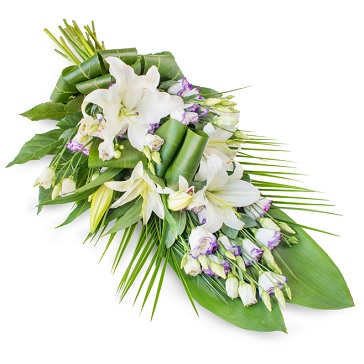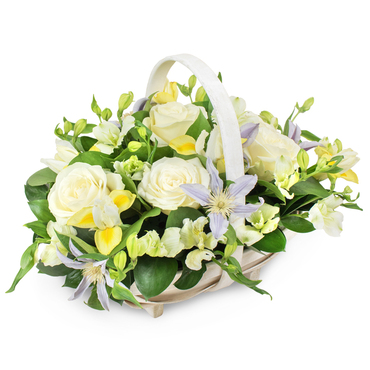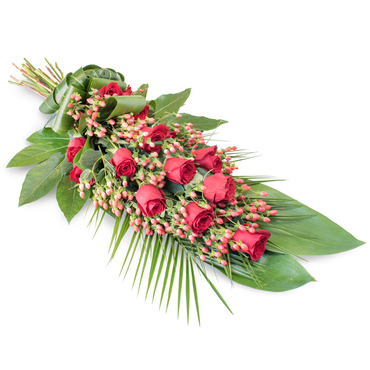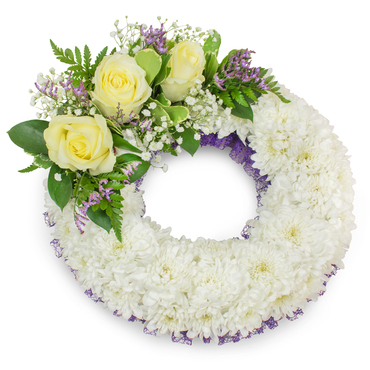What is the Flower of Mourning
Posted on 22/12/2021
Mourning and the Symbolism of Flowers
Most people think of lilies as the flower of mourning. And while they are a traditional funeral flower, they are certainly not the only option. In truth, the most appropriate flower of mourning depends on a lot of different factors. Culture and religious tradition are important factors. For example, in some religions, such as Judaism, flowers are not an appropriate mourning gift. In others, such as Buddhist ceremonies, flowers play a very important role in the funeral ceremony, but they would very rarely choose lilies as the flowers for that event.
Another factor that influences the most appropriate mourning flower is your relationship to the deceased. If you were a casual acquaintance of the person, then red roses wouldn’t be deemed appropriate as they tend to signify romantic love, even in funeral bouquets. If you were the significant other of the deceased, then red flowers would be appropriate for mourning. However, if you were just friends, then yellow would be more suited. In the tragic event that you lost a child, then white flowers would be the most suitable option as they signify innocence.
That said, certain flowers do have particular significance when it comes to mourning. Below we look at some of these traditional options to help you select the most appropriate bouquet for your situation:
Agapanthus - known as the flower of love due to its greek name roots. This is a suitable flower to express the love of all kinds during mourning periods.
Alstroemeria - this is a flower that symbolises close friendship and is, therefore, suitable in funeral flowers for a good friend.
Calla lily - this bloom signifies beauty, purity and innocence, making it particularly suitable for mourning flowers following the loss of a child.
Chrysanthemums - one of the most traditional flowers used in funeral arrangements. The colour influences the meaning, with white and yellow often used in Asian cultures as a way to say 'goodbye'. In western traditions, yellow is also the colour of friendship, white for innocence. Pink chrysanthemums are suitable for mourning the loss of a loved one.
Cymbidium orchid - in China this particular orchid variety is used as an expression of close friendship and is therefore particularly suitable when mourning a dear friend.
Dahlia - traditionally known to signify wealth and strength it may not be thought of as the most suitable flower for mourning. However, it also carries the message 'forever yours’, so it is very appropriate when expressing grief following the death of a partner.
Freesia is perfect for close family members during mourning as it means ‘unconditional love’, and is therefore highly suitable following the loss of a partner, family member, or child.
Hydrangea symbolises grace, beauty, and love making it a good all-round flower for funerals. It can be easily adapted to fit into any funeral arrangement, regardless of your connection to the deceased.
Lisianthus is known to mean gratitude and appreciation. This is particularly appropriate when mourning the loss of a friend, colleague, or someone you greatly appreciate for their help at some point in your life. It symbolises deep gratitude and says ‘thank you’.
Solidago flower expresses a desire to offer support in challenging times. It is therefore highly appropriate for inclusion in sympathy flowers following a death.
Roses - as highlighted above, roses tend to be used for expressions of love. They are therefore suitable following the loss of a partner. However, different colours of roses can have different meanings, so they can also be used for friends.
Lilies are the traditional funeral flowers that express grief and sorrow. These are appropriate for all forms of mourning regardless of connection to the deceased.
















